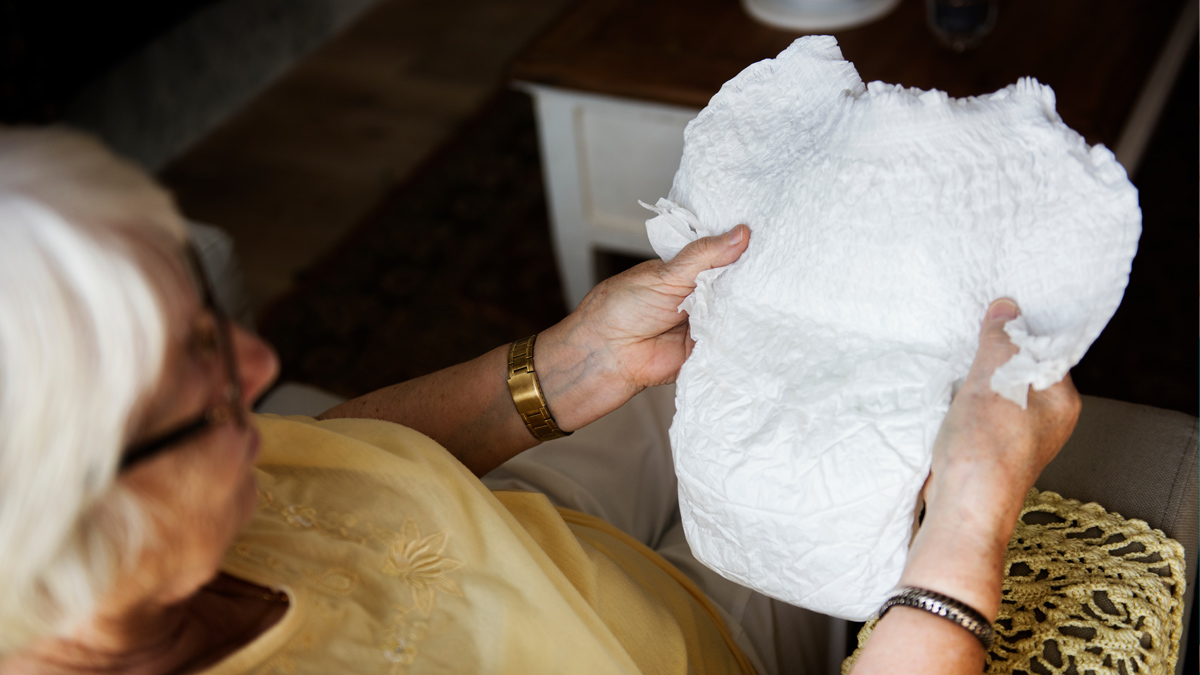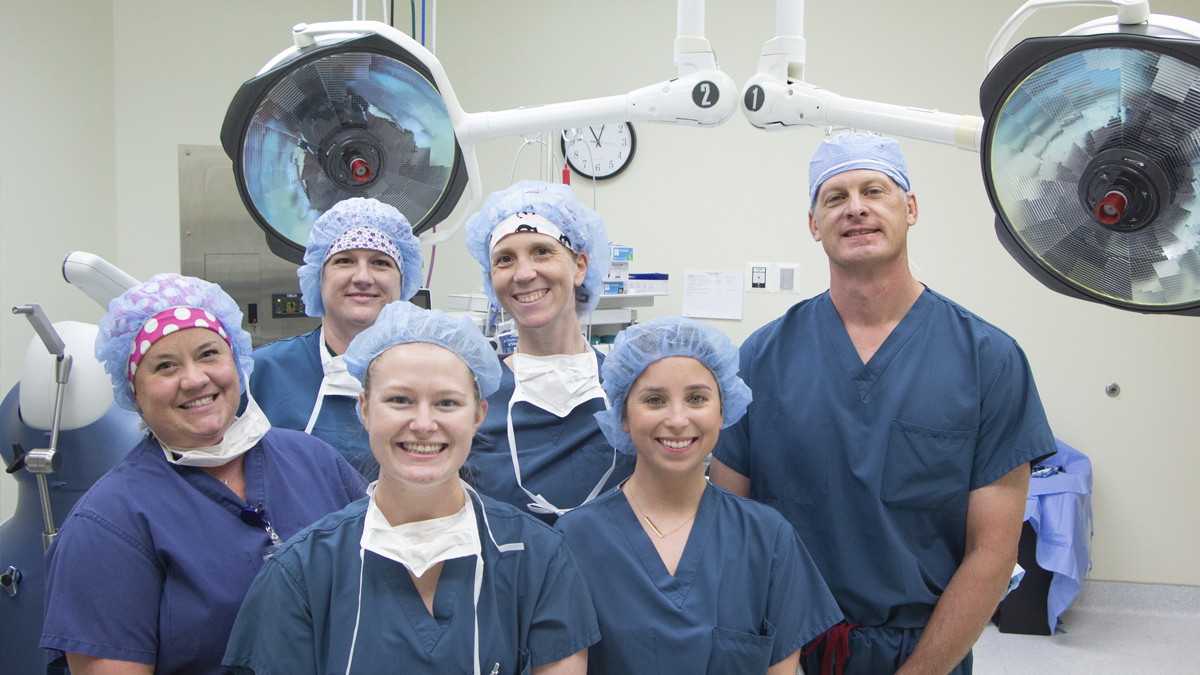Palmetto Digestive Disease and Endoscopy Center is offering a therapy to help patients experiencing fecal incontinence jump-start their bodies and their lives.
With normal function, bowel movements are controlled by the sacral nerve, which signals to the brain when the bowels are full, informing us it is time to use the restroom. In a patient with incontinence, the nerve is misfiring or lying dormant; accurate signals are no longer being sent to the brain, “they basically stopped talking,” explained Jennifer Nielson, therapy support specialist with Medtronic Interstim.
Patients with urgent fecal incontinence can’t resist the urge to go. In the case of passive incontinence, it can be difficult to tell when to go. This can be caused by a variety of common experiences and conditions.
It is often necessary for people to use protective pads or garments; many of them avoid situations that will take them away from the security of a bathroom, diminishing their confidence in going out to dinner or attending family events.
“A lot of my patients think it’s a normal part of aging, which couldn’t be further from the truth,” said Derek Feussner, M.D. of Palmetto Digestive.
Although common in the United States – more so than Alzheimer’s or asthma – those suffering may not know there is a possibility that they can be helped, often because they are embarrassed to talk about it.
“Over 50% of people with fecal incontinence don’t bring it up with anybody,” said Dr. Feussner, explaining that, consequently, a vast majority of people don’t know it’s treatable.
Dr. Feussner guides patients down the care pathway to determine what treatments work best for them. They may start or supplement treatments by adjusting food, caffeine and alcohol consumption. Then they can consider medications and therapies like Medtronic InterStim, an FDA-approved, safe and effective treatment that has been around since 2011. More than 500,000 people currently have it in place and “it’s tried and tested, and it’s incredibly effective,” said Dr. Feussner.
Patients can try the device out on a five-day trial before having it installed in a quick outpatient surgery. Leads, attached to the triangle area above the tailbone, send out sonar signals to wake up the sacral nerve, where communications have been interrupted or latent. Through the stimulation of a sonar ping, it signals a revival to the brain.
“It’s kind of like jumping your car; it’s waking that nerve up,” said Nielson. “It starts talking with the brain again.”
The device is unnoticeable to the patient and compatible with all other devices.
“There’s no limit to what you can do with it,” said Dr. Feussner of its medical and lifestyle suitability. The battery lasts for about 15 years and is easily replaceable when it’s time to switch it out.
“It completely changes someone’s quality of life,” said Dr. Feussner.
Upon receiving this treatment, 89% experience long-term effects and 39% achieve complete continence, according to Neilson.
The device “demonstrates superior efficacy compared to medications,” added Nielson. “Think about all the lives that can be changed.”
“It’s so exciting as a physician to make that difference,” said Dr. Feussner, who has been spreading the word to as many potential patients and practitioners as he can. “People are blown away by the results.”
To learn more, visit PalmettoDigestive.com or call 843-571-0643.
By Molly Sherman






